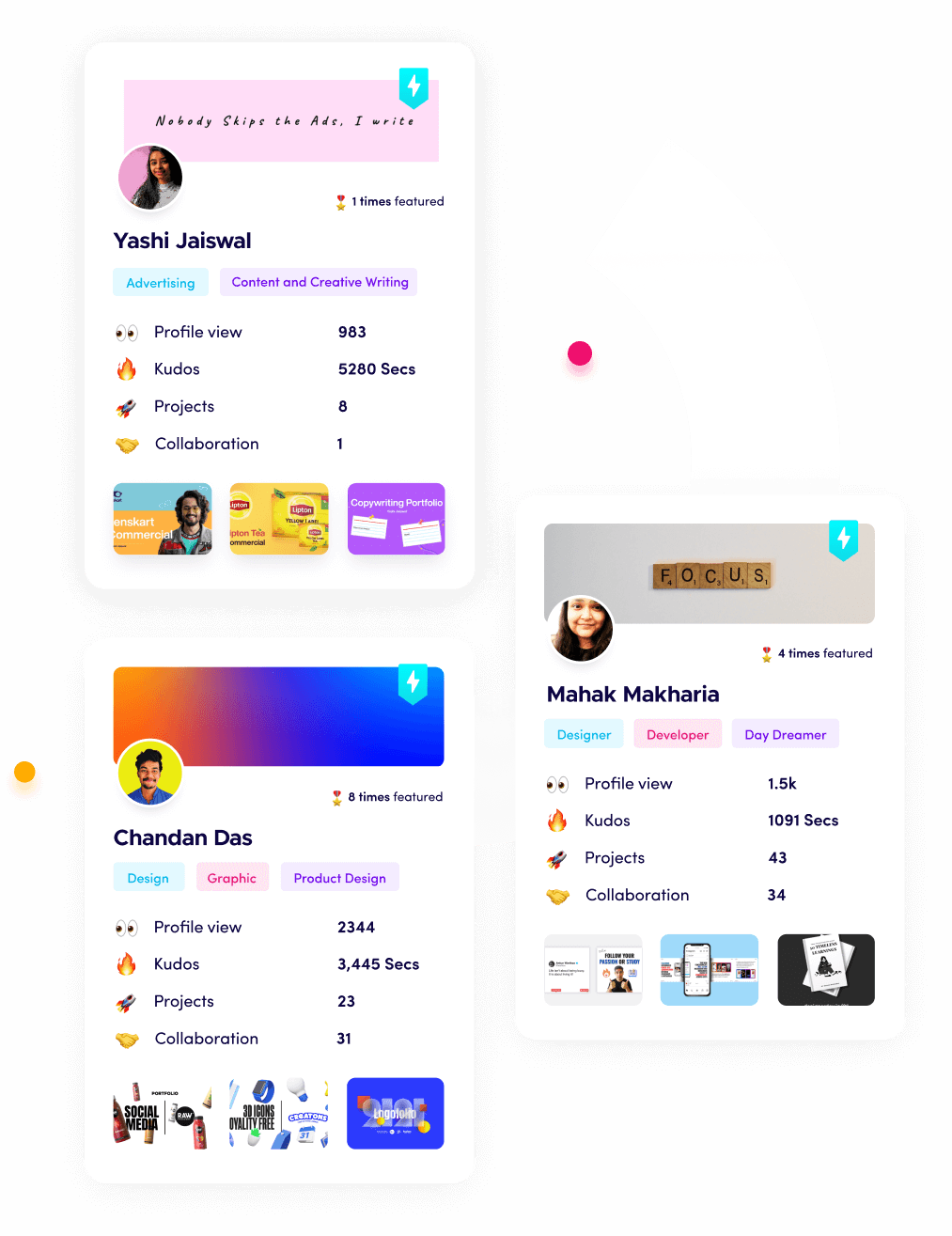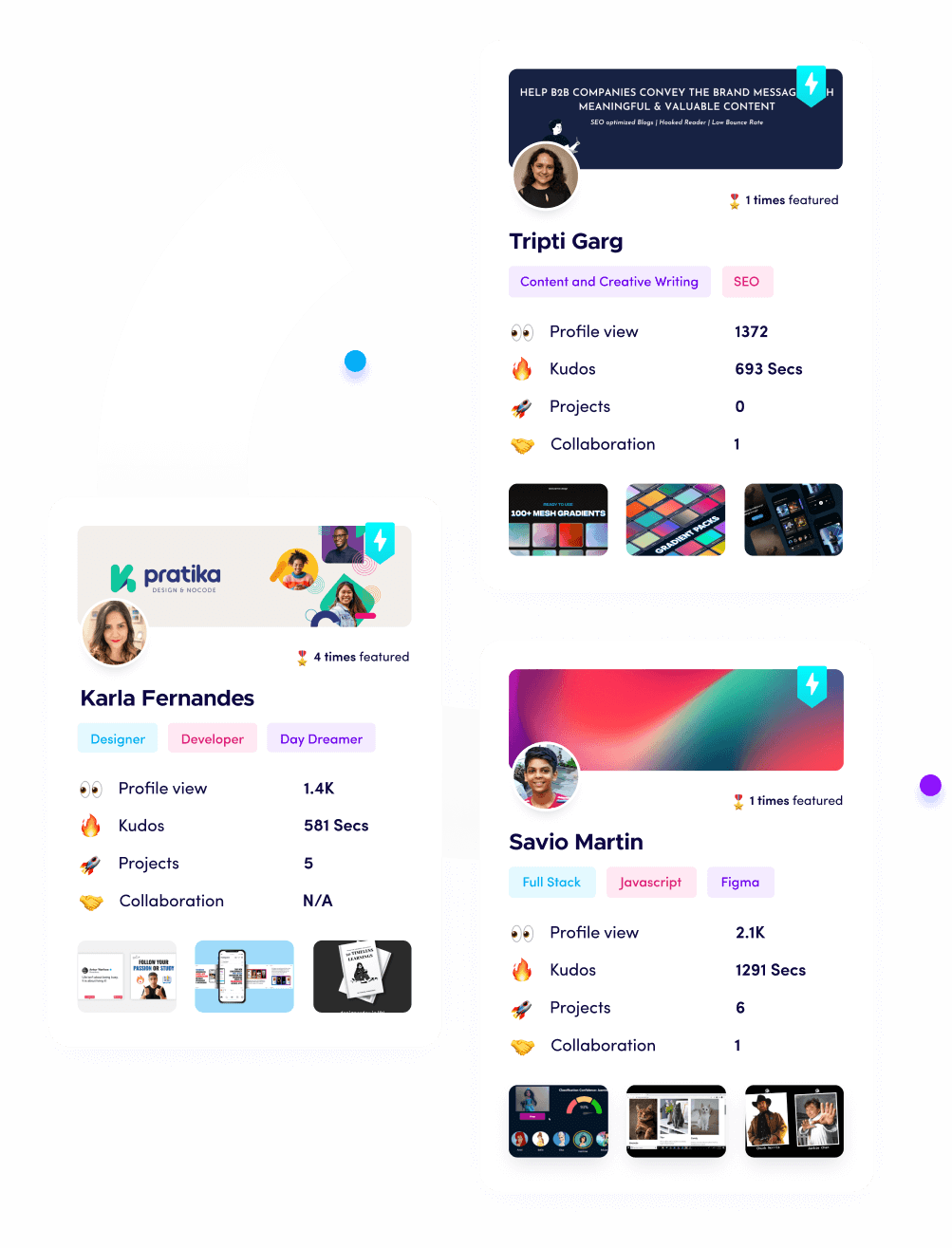Understanding Google's E-E-A-T Framework: A Guide for Content Marketers

Anshu
24 Dec, 2024

Google E-E-A-T stands for Experience, Expertise, Authoritativeness, and Trustworthiness. It’s part of Google’s key guidelines for evaluating the quality of content, particularly in terms of how reliable and trustworthy it is. While E-E-A-T is not a direct ranking factor, it plays an important role in how Google evaluates web pages, especially for topics related to Your Money or Your Life (YMYL), such as health, finance, or legal advice. Google uses E-E-A-T to ensure it delivers users the most reliable and helpful content.
Why E-E-A-T Matters
In a world where users are more often skeptical of misinformation and generic content, demonstrating genuine expertise and experience can make your brand the one they rely on. Encompassing E-E-A-T means focusing on quality over quantity and creating content that resonates because it’s relatable, accurate, and insightful. Even small details, such as converting a document from Word to PDF format to maintain professionalism, contribute to building trust in your career portfolio. By following Google’s conventions, you give your content the chance to differentiate itself in the marketplace by offering real value, which in turn creates loyal patrons for life.
For content marketers, focusing on E-E-A-T helps boost credibility, build trust with your audience, and improve your chance of ranking well in search results. This matters because it sets the bar for creating subject material that cuts through the noise of a bustling digital space. It’s not just about rankings—it’s about building genuine trust with your audience.
Step 1: Showcasing Experience
Your content should highlight the creator's personal experience and insights. Focus on sharing perspectives drawn from your own knowledge and involvement. By weaving in personal stories, detailing hands-on experiences, and letting your unique voice shine through, you can build an authentic connection with your audience. Supporting your claims with complementary visuals—such as photos, videos, or screenshots adds credibility and proof that you’ve been there and done the work.
For instance, for someone looking for help around tax time, a review of an accountant chronicling multiple visits to the firm, complete with personal anecdotes, detailed observations, and photos, will feel far more reliable and trustworthy than a generic list of accountants pulled from second-hand sources.
Phrases like “In my experience…” or “After testing this myself…” can help signal your audience that you’re sharing something genuine and lived. By weaving in experience, your content becomes not just informative but also engaging, relatable, and credible—qualities that set you apart.
Step 2: Demonstrating Expertise
To establish your content writing portfolio as a trusted source, showcase your meticulous understanding, skills, or credentials of the subject. Credibility stands out the most when covering YMYL topics. Using the right tools, statistics, accurate research, and industry-specific terminology that demonstrate a deeper understanding of the topic is key for your audience to gauge your expertise. Furthermore, adding author bios that highlight relevant qualifications, collaborating with experts, or including expert quotes further solidifies your authority.
For example, a meal-prep service sharing where they source their fresh ingredients while referencing their qualifications and sharing real-world consumer testimony will provide the audience with confidence in their service and expertise.
When creating infographics or visual storytelling pieces, use design principles to highlight the most important information, such as showing where a product has been featured in reputable publications or aligning product claims with peer-reviewed figures. When you utilize design to emphasize authority and credibility, you not only make your content more engaging but you also demonstrate a stronger reflection of your expertise in the subject matter.
Step 3: Building Authoritativeness
To become a recognized authority, your content should be valued by those who reference or cite your work. By earning backlinks from reputable websites, securing mentions or tags in interviews, podcasts, and social media, and publishing guest posts on well-regarded industry sites you can begin to build authority in your internet presence. Showcasing testimonials and case studies can further solidify your credibility. For example, a finance blog that is frequently cited by major publications like Forbes or CNBC demonstrates strong authoritativeness in the field.
For marketers, one surefire way to implement E-E-A-T is by optimizing content with authoritative keywords and regularly updating your website with accurate, well-researched information. Marketers can improve their content by linking to reliable external sources, sharing expert insights, and using terminology that is specific to their industry. When done successfully, these actions help boost search rankings and show readers that the content is trustworthy and based on solid knowledge.
It’s also important to align product pages with E-E-A-T principles. This means including detailed product descriptions, prominently displaying customer reviews, and showcasing relevant certifications or guarantees that highlight the product’s quality and reliability. Making these elements easy to find and navigate not only helps improve search rankings but also gives customers more authority in their decision to buy.
Step 4: Establishing Trustworthiness
Trust is the bedrock of E-E-A-T. This includes factors like the site's security, factual accuracy, and clear sourcing of information. Essentially, content should be accurate, honest, and transparent and, by doing so, provides readers with a source they feel they can trust. By fact-checking and citing all credible sources and, where possible, including the authors’ information and contact details and adding a date stamp for freshness and relevance, you can curate a sense of trust with your readers.
For various roles, such as community managers and product managers, it's essential to understand how the E-E-A-T framework contributes to key aspects of their work, like customer satisfaction, user-generated content, and maintaining consistent messaging across platforms. Design elements like citations, data visualizations, and source references can be incorporated directly into videos or graphics. This adds a layer of transparency and positions the marketer as a reliable source of information. For example, a medical article that cites peer-reviewed studies, accompanied with the results, displayed in a clear graph, and is authored by a certified doctor demonstrates authority and showcases a commitment to accuracy and transparency, further establishing trust with the readers.
To maintain trust and credibility, it’s essential to use a secure website (HTTPS) and ensure a professional design that reflects the quality of your content. Transparency is king. Make sure to provide clear disclaimers for affiliate links or sponsored content so that your audience is fully aware of any commercial sponsorships.
Creating Content That Aligns with E-E-A-T
So now that we know the steps involved with creating content that aligns with E-E-A-T, here’s a quick checklist for your marketing portfolio that you can ask yourself for every piece of content:
- Experience: Have you included first-hand insights or unique perspectives?
- Expertise: Is the author credible and knowledgeable?
- Authoritativeness: Have you cited or linked to high-quality sources?
- Trustworthiness: Is the content accurate, transparent, and up-to-date?
Tips:
- Break content into clear, scannable sections and write concise, reader-friendly material. Community-driven content—such as testimonials, user reviews, or user-generated stories—plays a significant role in building trust and positioning the brand as an authentic authority. This style of content often resonates more with audiences because it provides real-world experiences and insights, which help strengthen both credibility and relationships with customers.
- Add relevant visuals (graphs, videos, photos). For content creators in visual fields like video editors and designers, the blending of E-E-A-T principles can extend beyond written content and into the realm of design. Visual content is a powerful tool for establishing trust, demonstrating expertise, and enhancing credibility. How you design your content plays a crucial role in how your audience perceives your authority and reliability.
Leveraging No Code Tools for E-E-A-T Success
For No Code enthusiasts, integrating E-E-A-T principles into content creation doesn't have to involve complex coding skills. No Code tools are a great way to implement these important concepts quickly and efficiently. No Code platforms may be used to add trust signals to websites without requiring technical expertise. One easy step is to incorporate trust badges which include secure payment icons, certifications, or privacy protection symbols—on relevant pages. These visual signs signal to visitors that the site is secure and trustworthy.
Additionally, No Code tools can help streamline processes like displaying user reviews, integrating forms securely, and even automating the generation of content that aligns with E-E-A-T guidelines. Examples of this, like platforms such as WordPress or Webflow allow users to create zippy content that automatically updates, guaranteeing the site remains fresh and relevant.
If you’re looking to boost your website's authoritativeness, these tools can help add external references or links with ease, elevating the overall credibility of the content. No Code tools also offer creators ways to efficiently track and update their content's accuracy. With plugins and integrations, they can verify that the information provided is up-to-date, and any outdated content can be flagged for quick revisions. This ensures that your site remains reliable, transparent, and aligned with the principles of E-E-A-T.
Conclusion
E-E-A-T is absolutely crucial for not only improving SEO but also establishing genuine trust with your audience. When you create content that underscores experience, expertise, authoritativeness, and trustworthiness, you’re not just ticking boxes for Google—you’re shaping an experience that genuinely resonates with readers, making them feel confident in what you’re offering. By maintaining consistency, being transparent with your audience, and always putting the reader first, you ensure an encounter with consumers that is sincere.
So, take a step back and audit your current content—are you hitting the mark on E-E-A-T? It’s time to make those tweaks and improve the position of your content to stand out in today’s competitive online world.
About Fueler:
Fueler is a career portfolio platform that helps companies find the best talents for their organization based on their proof of work.
You can create your portfolio on Fueler, thousands of freelancers around the use Fueler to create their professional-looking portfolios and become financially independent. Discover inspiration for your portfolio
Sign up for free on Fueler or get in touch to learn more.


